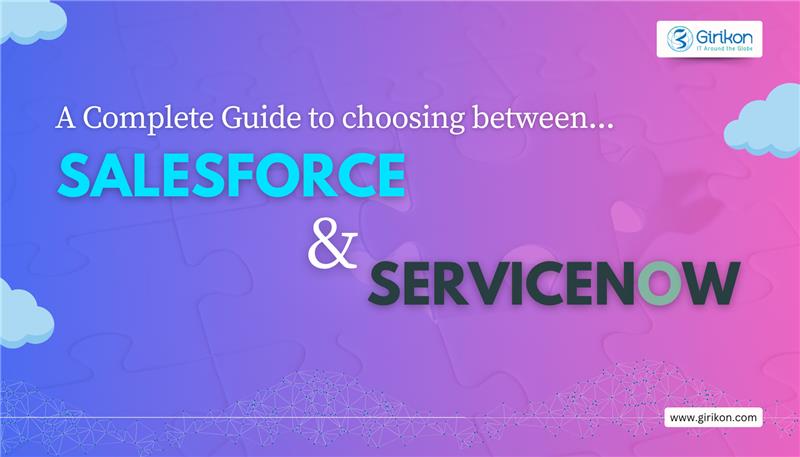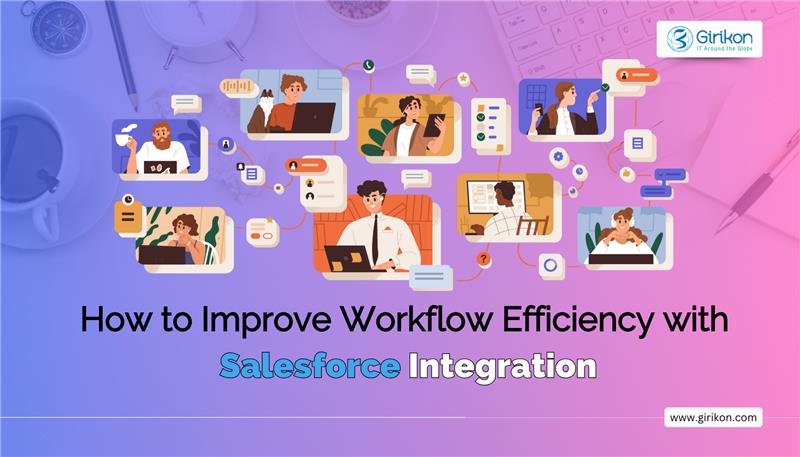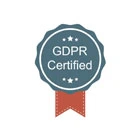Our Blogs
Today, every industry is undergoing digital transformation. Today, forward-looking organizations are becoming future-proof by building their businesses on the foundation of API-led connectivity. Alternatively, organizations that lack APIs are finding it difficult to keep pace in the digital age. In other words, successful organizations are aware of the fact that the more they are associated with an ecosystem of applications, partners, developers, and customer experiences, the more will their APIs grow in value.

Today, as the API economy evolves, more and more organizations are collaborating with other members of the ecosystem to co-create API-based products. Such partnerships are not just mutually beneficial for those involved but also offer value to their combined customers. Consequently, organizations are expected to reimagine value creation by collaborating with their partners as they are endowed with customer-centric thinking. Such an ecosystem that offers value to every participant including the company that hosts the ecosystem, the developers, partners, and ultimately the customer offers a win-win situation.
While there is no dearth of advice regarding APIs on the World Wide Web, companies tend to feel confused with so much information at their disposal during their API journey. In such situations, they can avail MuleSoft consulting from a reputed service provider. Listed below are some best practices that can help organizations cultivate a thriving API ecosystem:
Begin with Customer Experiences: Irrespective of whether the end-user is your customer, developer, or an internal stakeholder, it’s important, to begin with defining the best possible customer experiences. This strategy which is known as ‘outside-in strategy’ depends on customer needs and preferences and takes into consideration developers, direct customers of API, and the end-users the developers serve. This approach requires the collective imagination of both IT and business teams to come up with next-gen customer experiences.
Get Hold of Ecosystem Principles: As organizations, today are using APIs as building blocks for creating an ecosystem and reusing the same in the API economy for future growth, they must follow the following ecosystem principles to unravel innovation:
- Organizations should change their outlook of considering API as products and services, which acts as a hurdle to unlock new sources of revenue and allow developers, partners, and others at the door to co-create value.
- As organizations develop API products, they should be ready to experiment, fail, and ultimately establish their API capabilities as the ecosystem evolves rather than getting bogged down with questions that might overwhelm them.
- Apart from extensive experimentation, organizations should have a data-driven mindset and a pathway for management and operations. Leaders should size their investments for productivity, revenue, and customer experience to drive maximum value.
Define an API Business Model: It’s important to define a monetization approach for creating a sustainable API ecosystem. This approach can be created basis the value delivered by API and the data to different audiences. The API business models are of two types i.e. internal and external. For internal API products, organizations should assess their API investments that are centered on reduced operational expenses, legacy modernization, and improved efficiency. However, for external API products, organizations should contemplate business models that can open up new streams of revenue and new business opportunities.
Co-create Value by Engaging with Partners: Once organizations identify their customer experiences and outcomes, it’s important to reunite them against your company’s core competencies.
Design and Deliver API Products: Organizations should then decide on the API design followed by developing and securely deploying them using an API lifecycle management solution for a thriving API ecosystem. Effective API products can help drive a higher adoption rate. Developers can use already available resources to develop such APIs rather than spending time on building them from scratch.
API Consumption: For ensuring the success of their API investment, organizations should put efforts towards creating strategies that incorporate well-thought-out adoption campaigns accompanied by appropriate customer education and marketing. The API lifecycle management solution adopted by organizations should provide scope to engage their developers and partners in their branded experience.
Observe, Measure, Reiterate, and Reprise: Organizations should monitor their business metrics thoroughly while stay close with the members of the ecosystem to focus on achievements, spot glitches, bring forth opportunities, and repeat as required. They should contemplate making improvements by tracing errors, metrics in use, and other desired outcomes. Leaders should also complete the API portfolio, and take note of historical trends to assess which API’s to be promoted or retired.
Quick Wrap-up:
To design an effective API ecosystem, organizations should consider partnerships, redefined business models, and an enhanced pace of development. Organizations should establish a centralized model of governance to ensure efficient implementation of API strategies while monitoring the progress of the ecosystem, and finally measuring the effect of investment on the bottom line of the organization. So, whether you are looking to build an API ecosystem or already have one, it’s better to seek MuleSoft consulting services from a reliable service provider.

 +1-480-382-1320
+1-480-382-1320 +44-7428758945
+44-7428758945 +61-1300-332-888
+61-1300-332-888 +91 9811400594
+91 9811400594


















